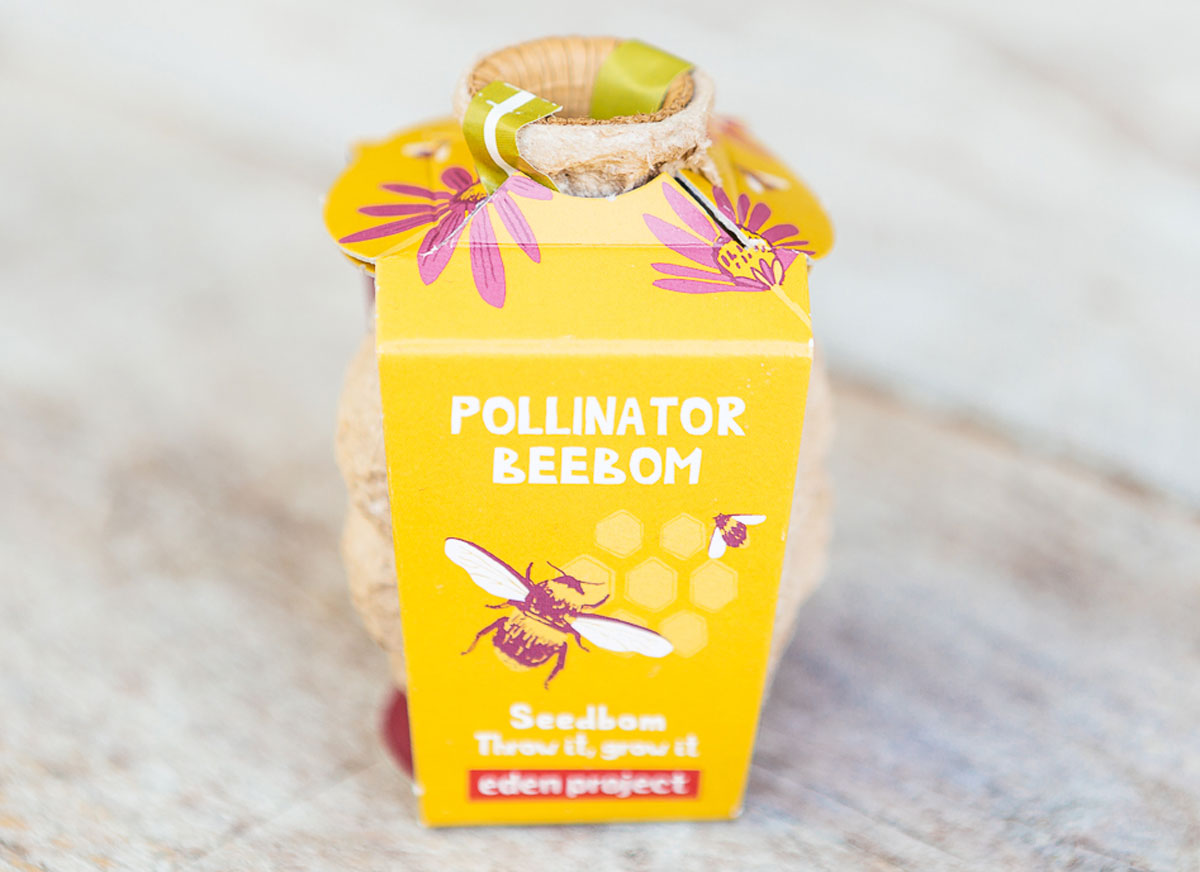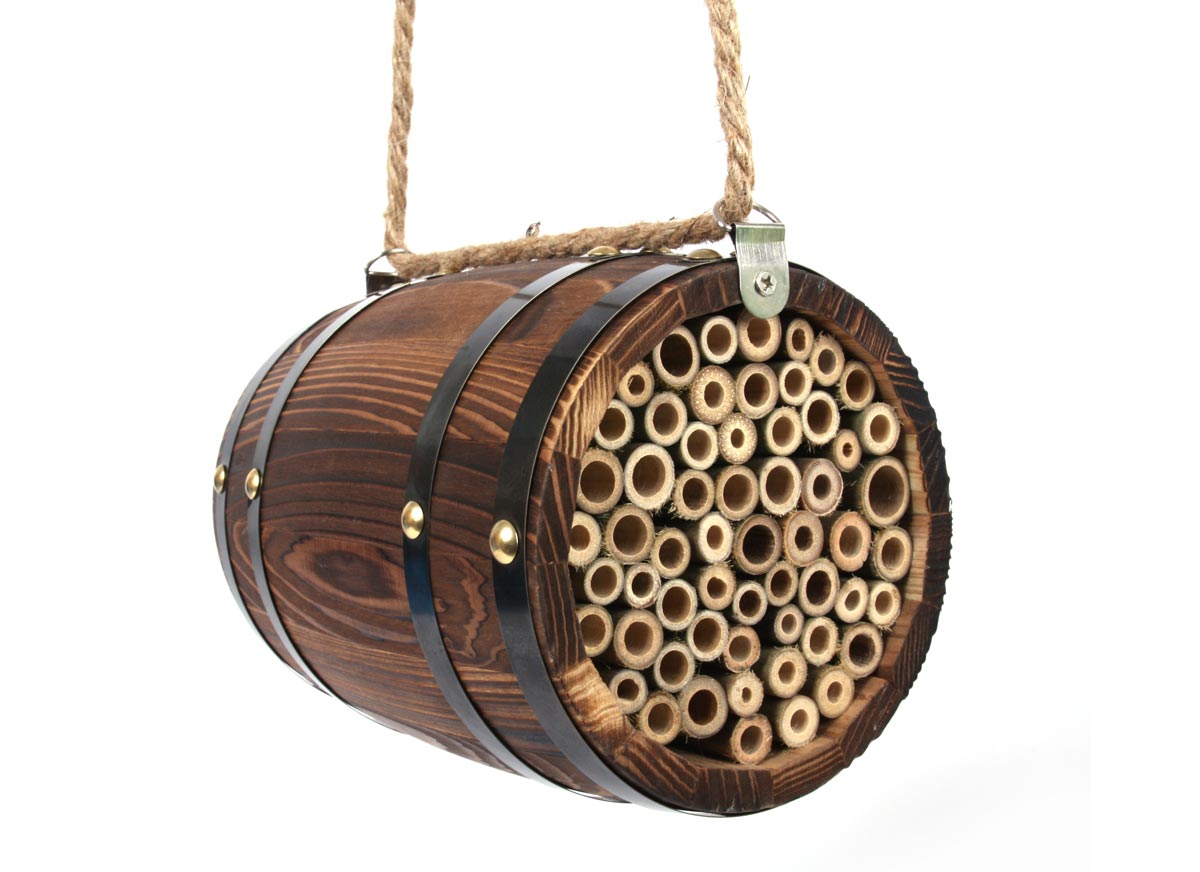
Gardening for bees: top tips
Your garden could provide the ideal home for bees, butterflies and other pollinators.
Eden horticulturist Emma Pearce shares her top tips for choosing the right plants and creating the cosiest of winter habitats, which will see it buzzing with wildlife.
How pollinators help us
Eight tips for attracting pollinators to your garden
Top 10 plants for pollinators
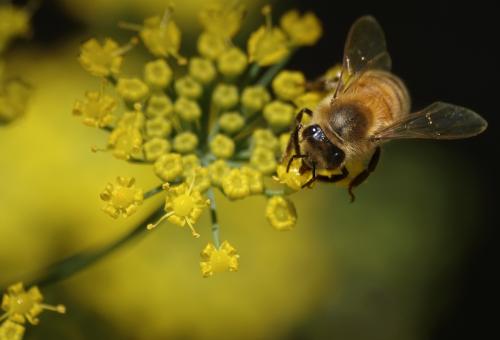
1. Bronze fennel
Foeniculum vulgare ‘Purpureum’
Hoverflies can’t resist the pollen-rich flowers of this tall, airy perennial, whose leaves and seeds can be used in cooking. Look out for red soldier beetles, which congregate on the flowerheads in summer. Both hoverflies and soldier beetles eat aphids – happy days!
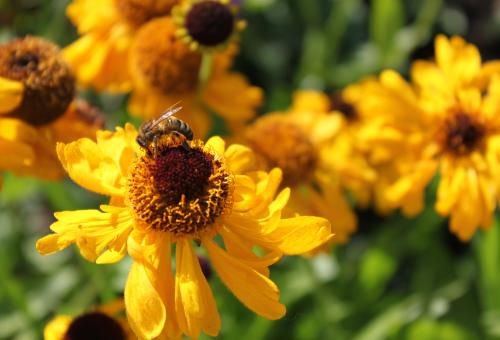
2. Sneezeweed
Helenium spp
Great for a ‘hot’, sunny border, sneezeweeds are in the daisy family and flower well into late summer and beyond. They’re particularly attractive to honeybees, so deadhead them often to keep them flowering for longer to provide nectar. My favourite cultivars are ‘Sahin’s Early Flowerer’ and ‘Wyndley’ but there’s a huge range – some tall, some short, and everyone’s garden should have one.

3. Foxglove
Digitalis spp
We’re all familiar with the sight of a bumblebee disappearing into a foxglove flower – in fact they’re its main pollinator. Foxgloves flower for weeks, and when the main spike is finished, the plant will often throw up a few more. Easy from seed and will self-seed themselves around.
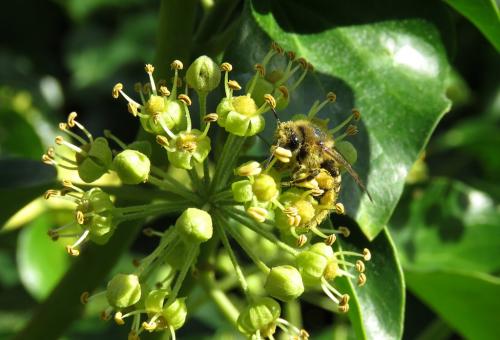
4. Ivy
Hedera helix
Flowering in autumn, ivy is a brilliant food source for bees and other insects when everything else is going over. You’ll often see butterflies basking on its leaves if the sun’s out. If you don’t like the standard ivy, there are lots of attractive cultivars available.
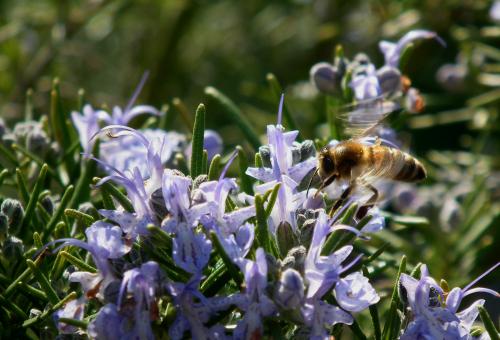
5. Rosemary
Salvia rosmarinus
My rosemary flowers from February onwards, and provides nectar to early-flying bumblebees and honeybees as well as fabulous fresh leaves for the kitchen.
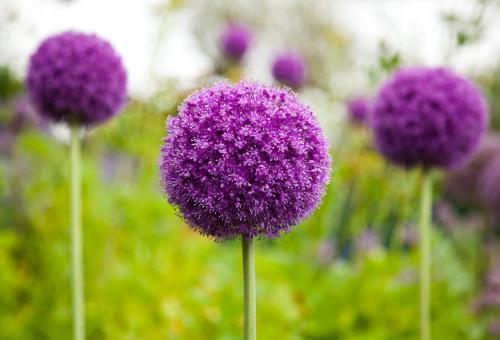
6. Ornamental onions
Allium spp
Great for adding pops of bright purple to beds and borders in early summer, ornamental onions are also hotspots for bees and other pollinators. Make a statement with groups of enormous Allium ‘Globemaster’ or dot the firework-like starry flowerheads of A. christophii around.
7. ‘Heavenly Blue’
Lithodora diffusa
This lovely, low-growing rockery plant is in the same family as borage, which is equally attractive to bees. In early summer it’s covered in bright blue flowers that stand out above the dark green foliage. Give it free-draining soil and plenty of sunshine and it’ll reward you by flowering for weeks.
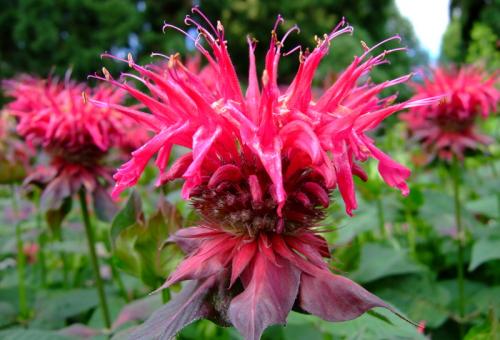
8. Bee balm
Monarda spp
The name says it all – bees love Monarda, as do hoverflies and butterflies and plenty more. These plants need moist, rich soil otherwise they are prone to mildew. Flowers are bright red, purple, pink or white – or for something really unusual, try M. punctata, the spotted bee balm.
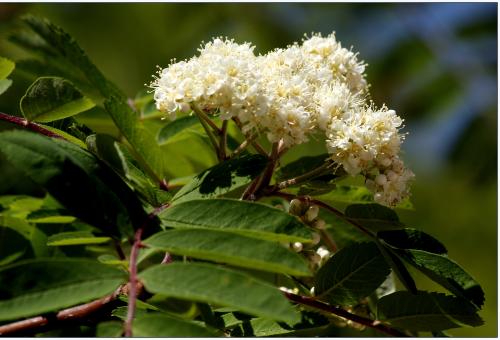
9. Sorbus spp
Sorbus are small- to medium-sized trees that flower early on, in April and May, providing loads of nectar and pollen for bees. The flowers are followed by round berries beloved of birds such as blackbirds and redwings, so in planting one of these you’re doing your bit for lots of wild creatures. Favourite species are our native Sorbus aucuparia, which has red berries, and Chinese S. vilmorinii, whose berries are bright pink.
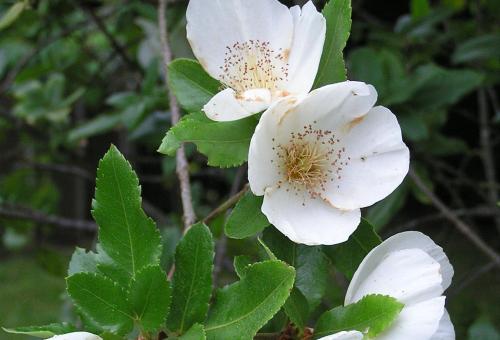
10. ‘Nymansay’
Eucryphia x nymansensis
This beautiful tree is absolutely covered in bees when it flowers in August and September. Better for a larger garden as it can reach 12 or more metres in height, its glaucous foliage contrasts well with the creamy white flowers, which it produces in abundance. Also good for bees is Hoheria, which flowers slightly earlier in the summer.
